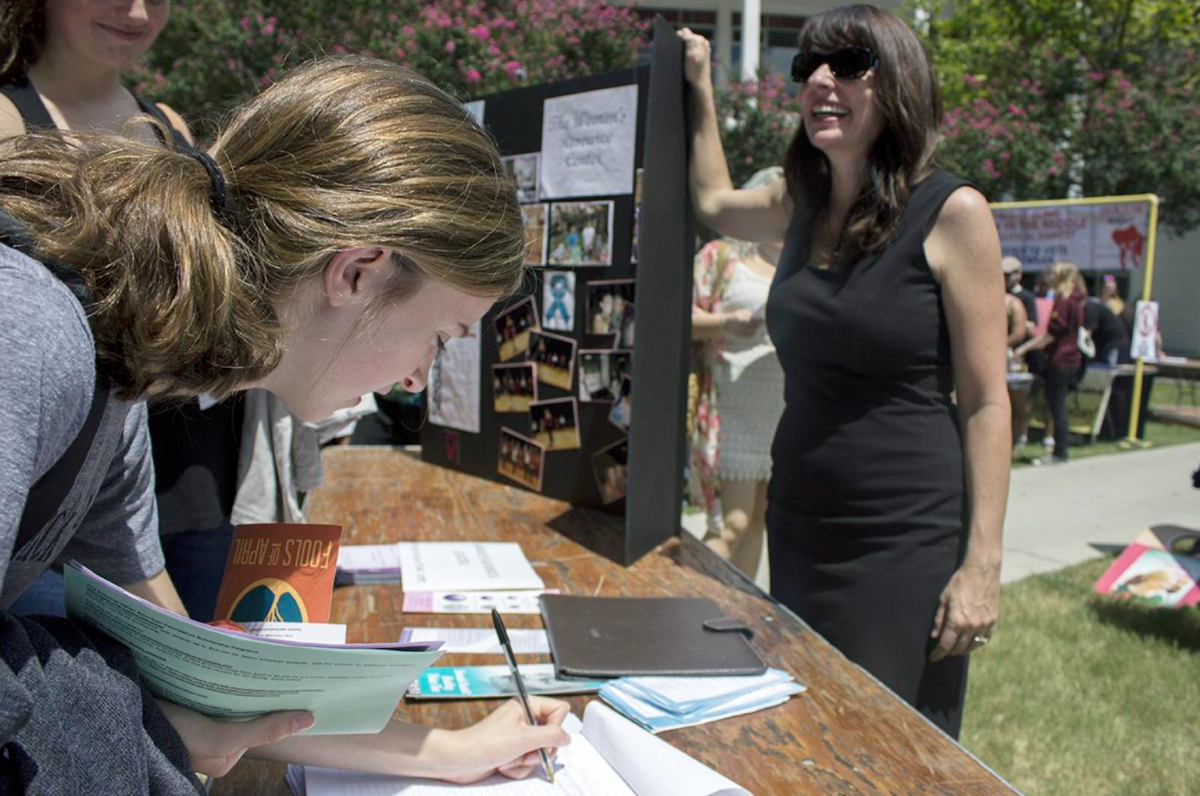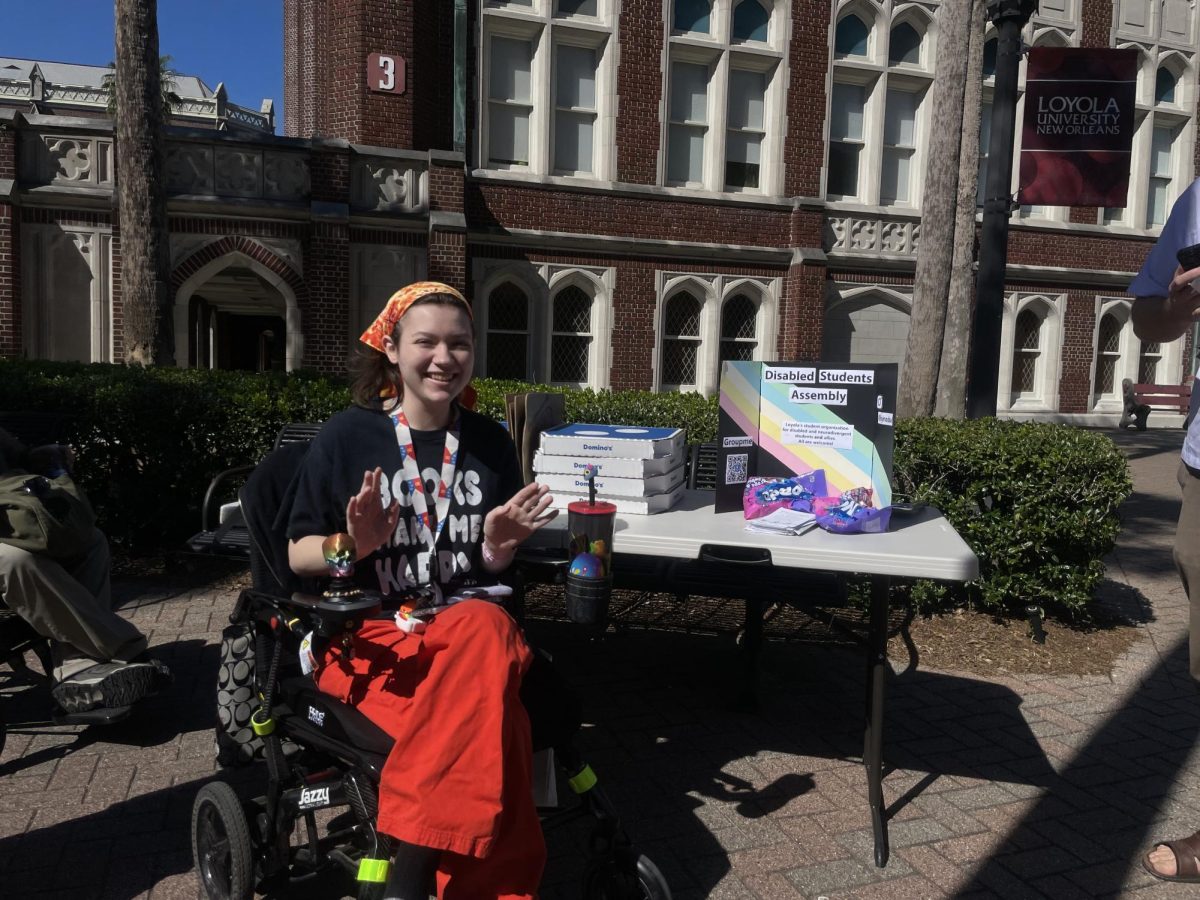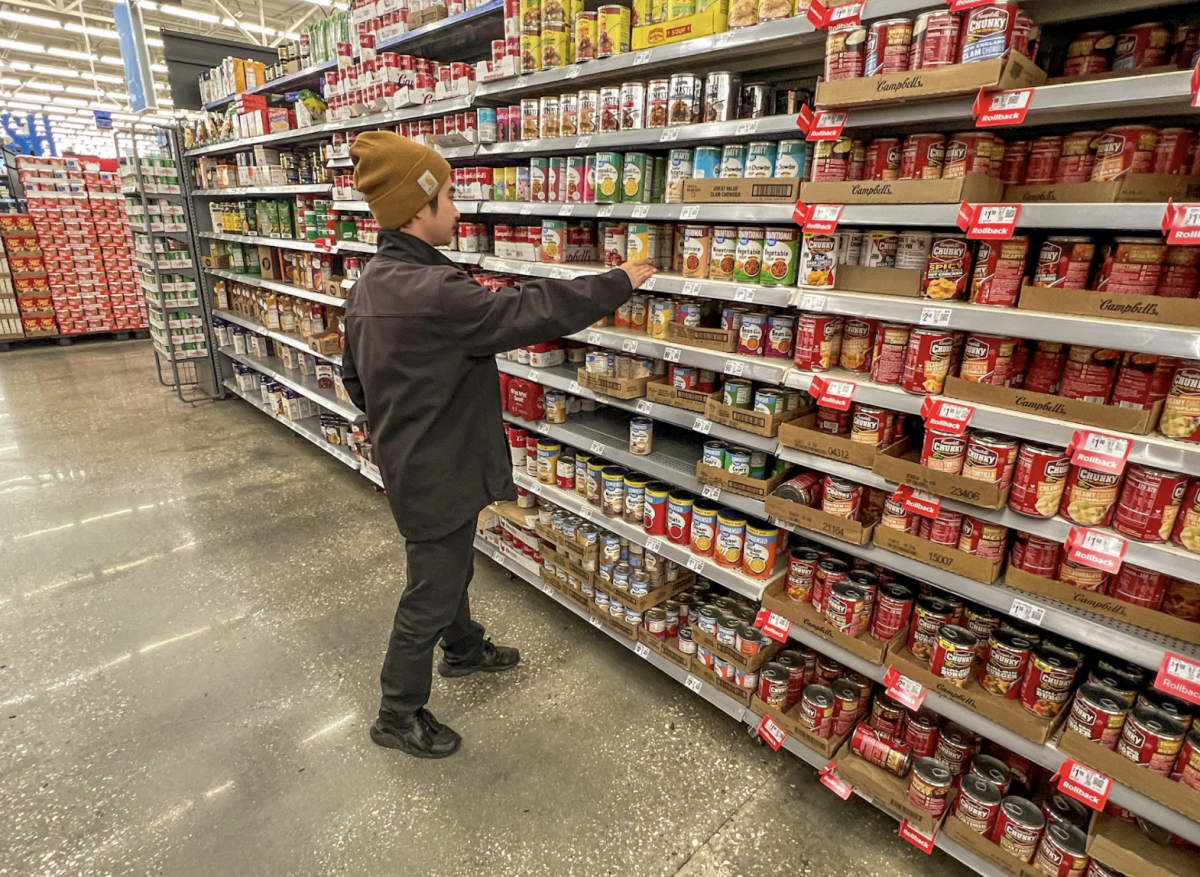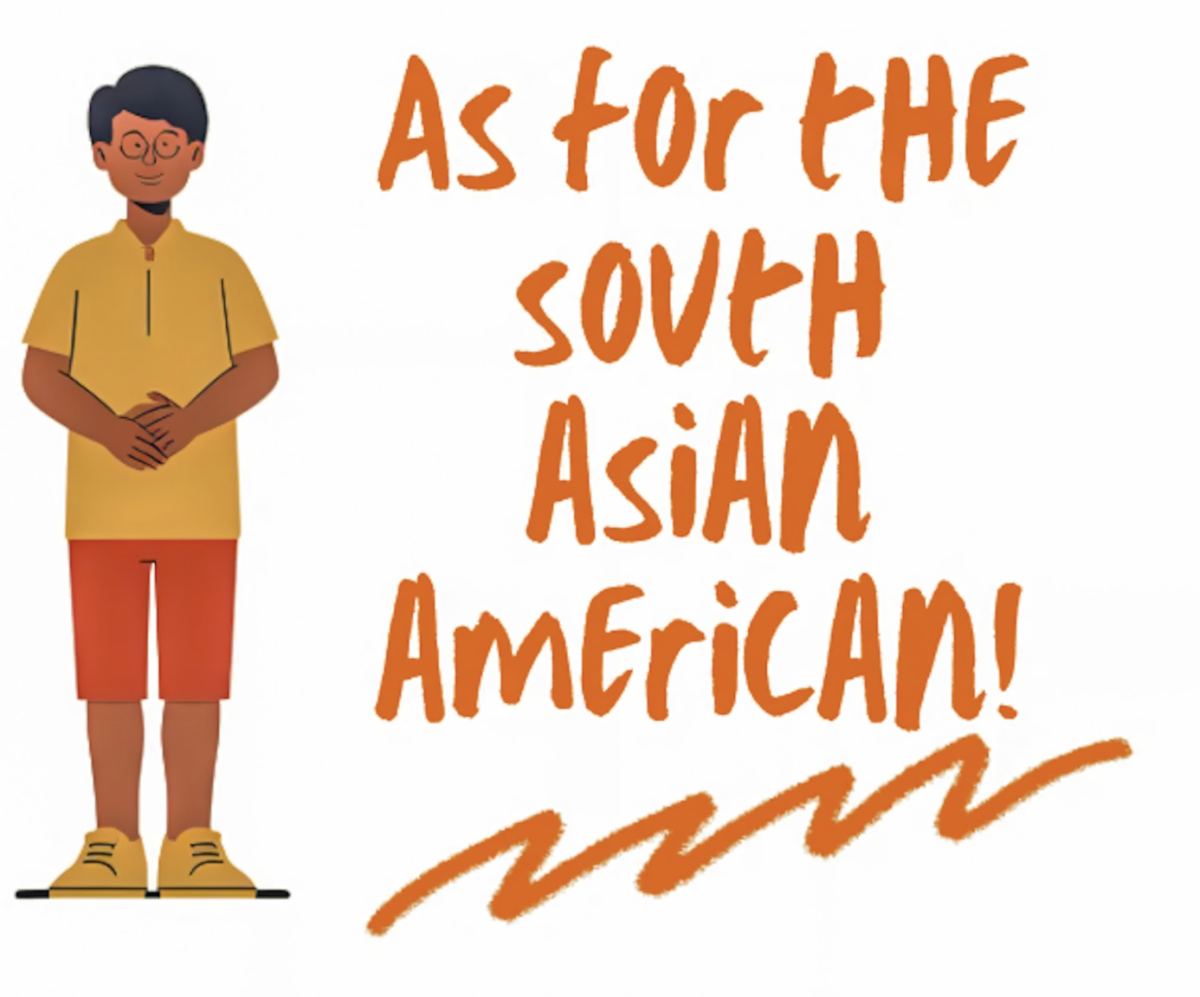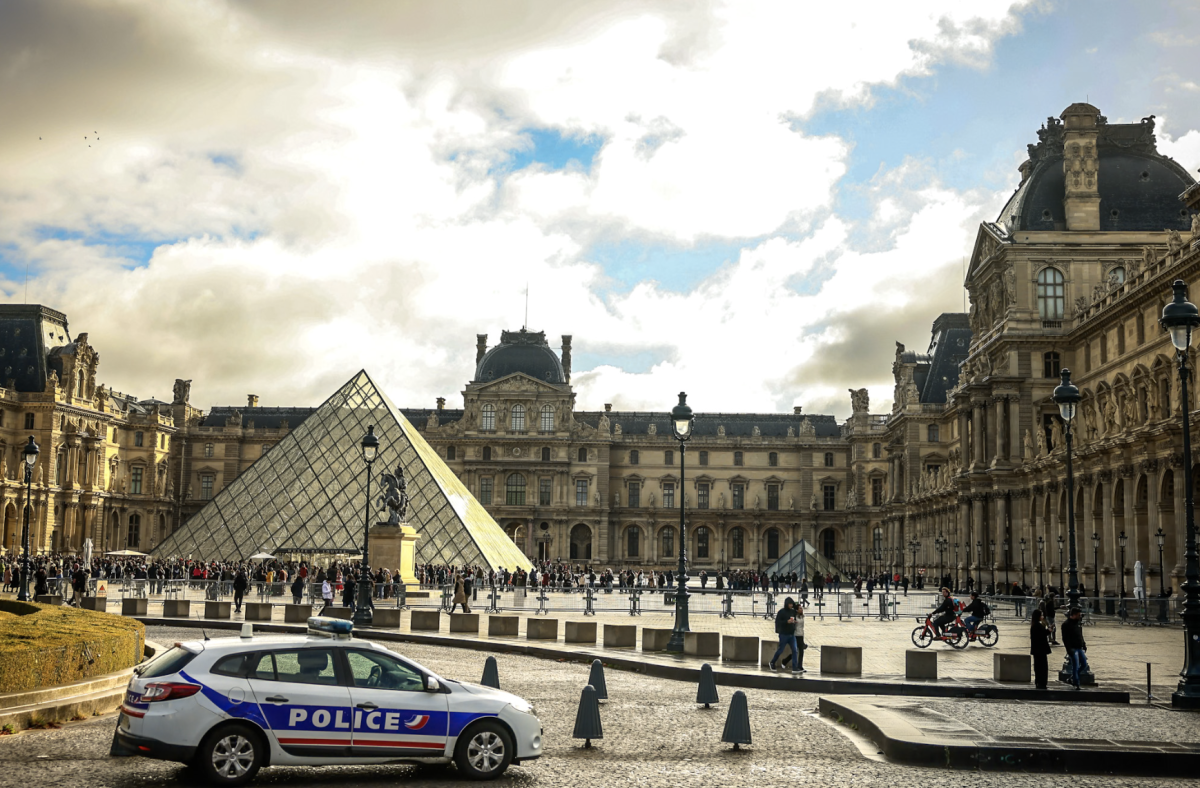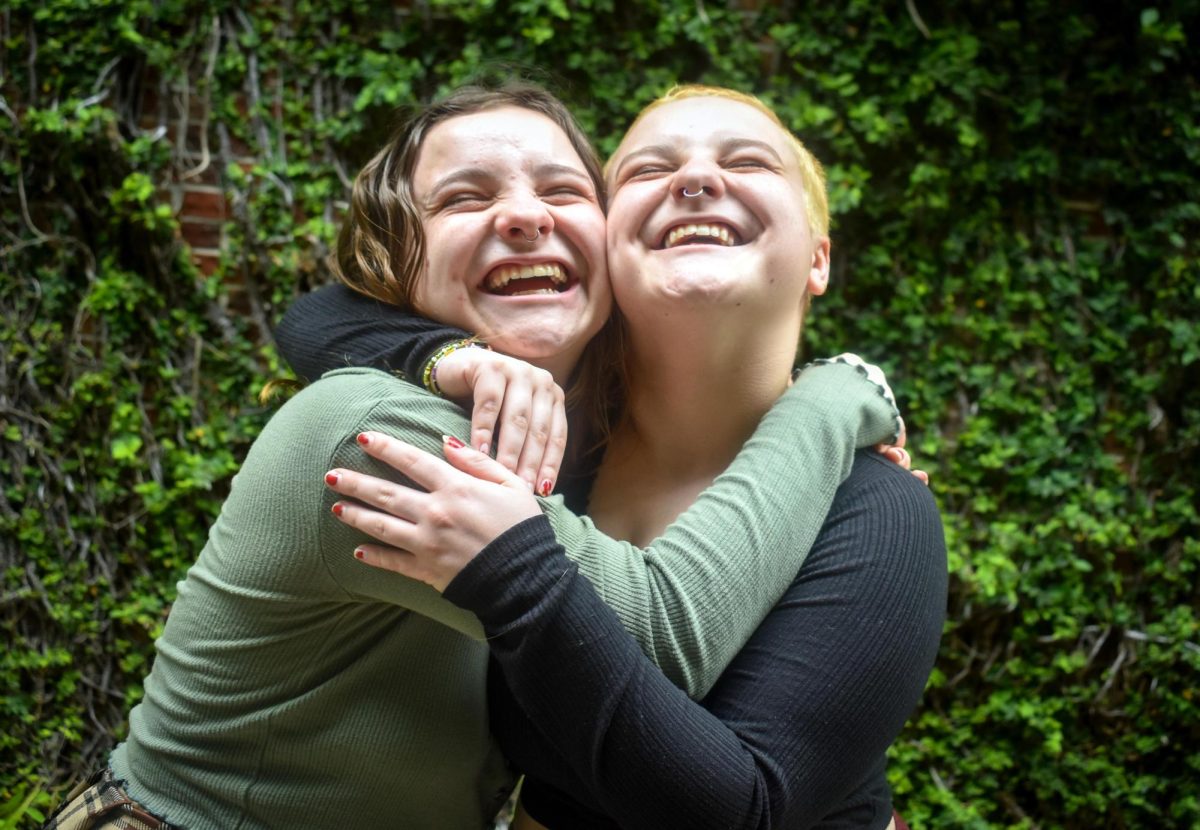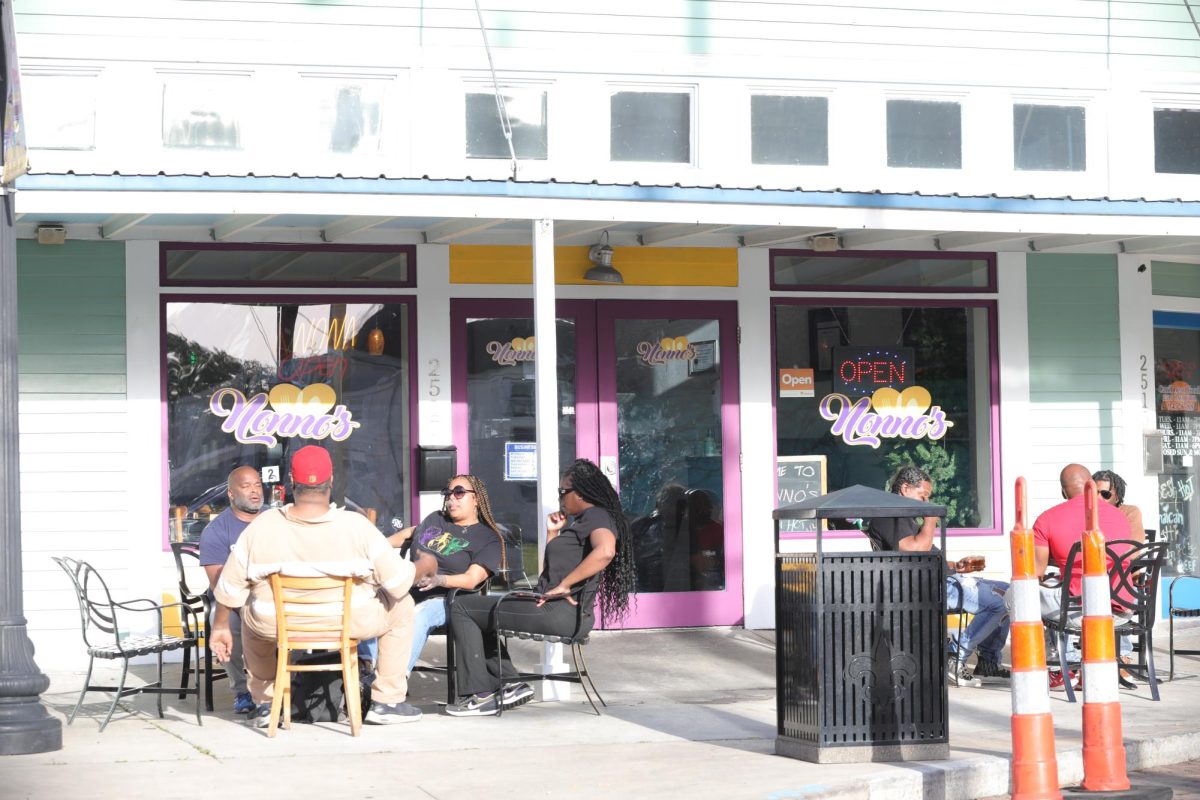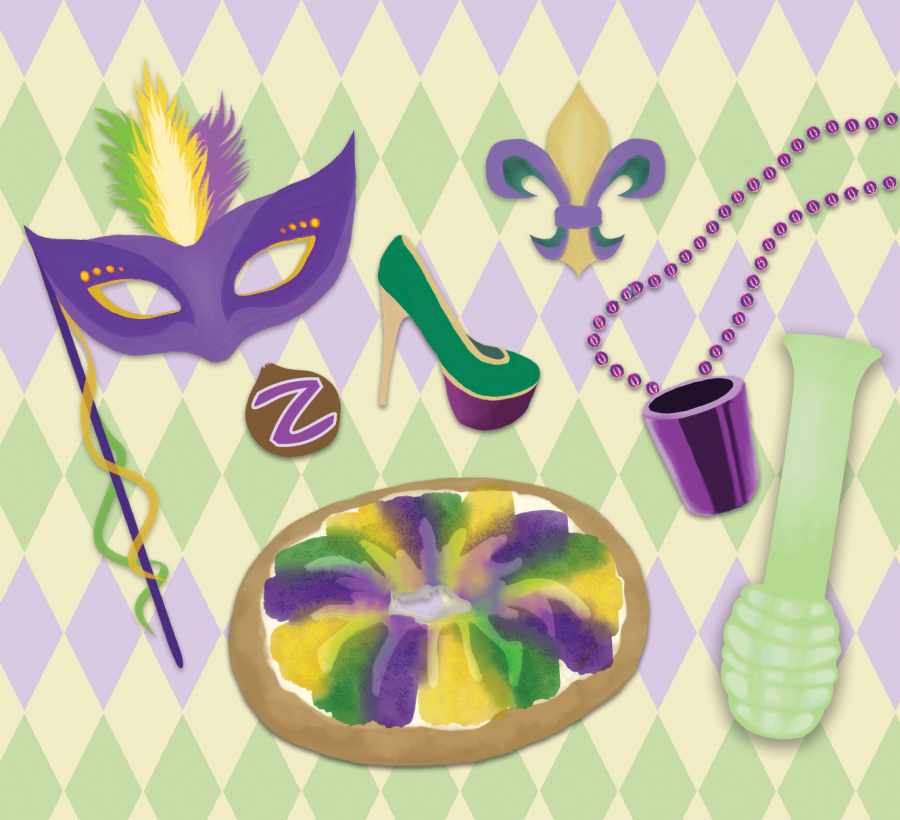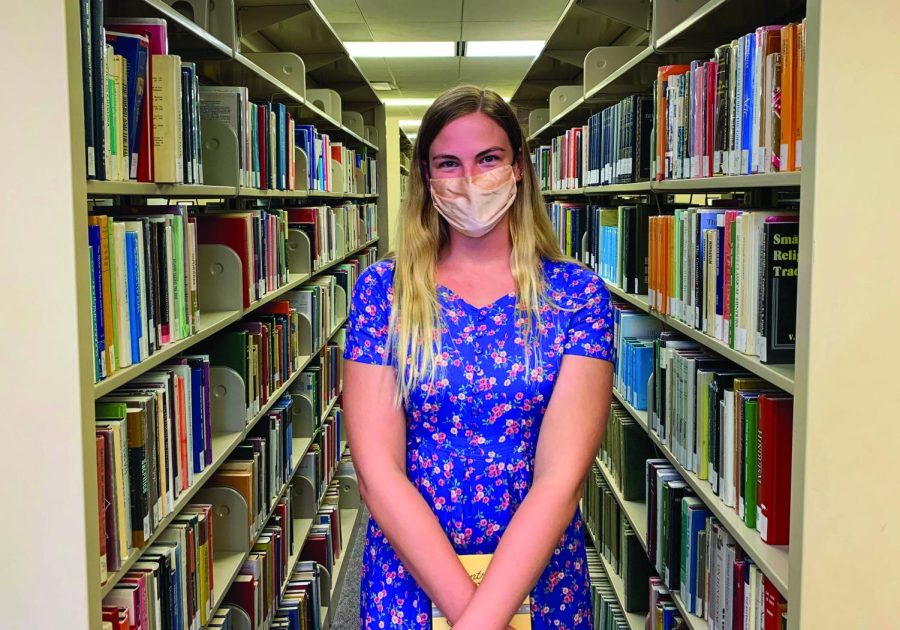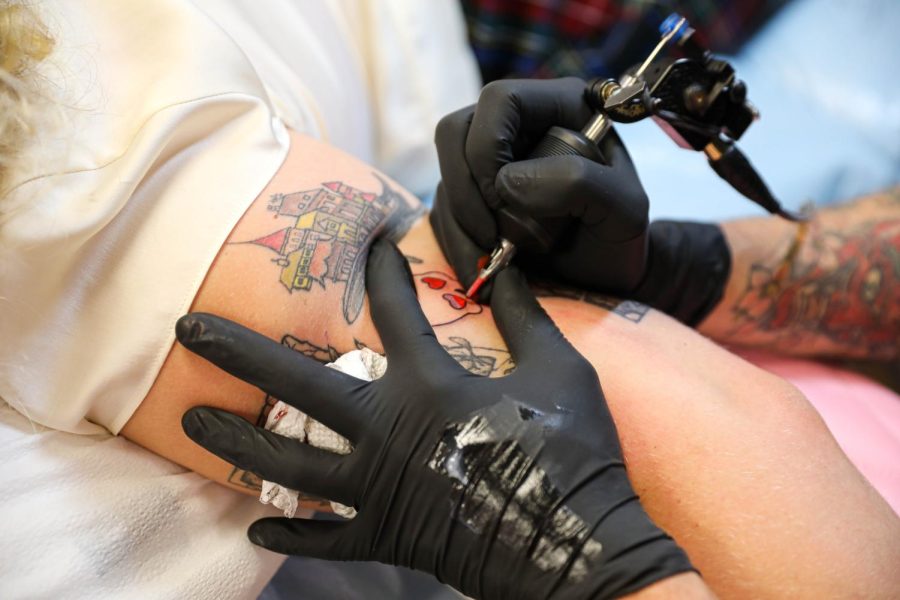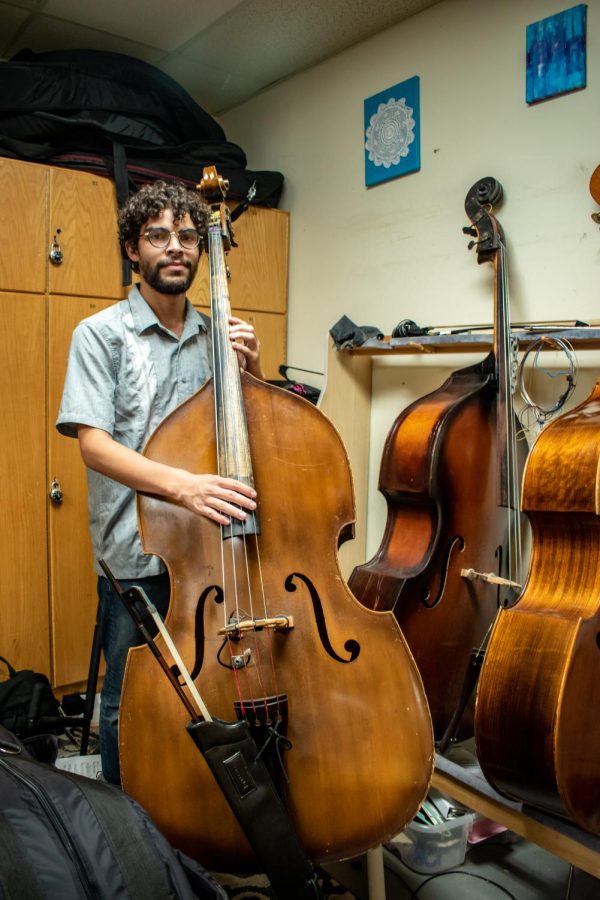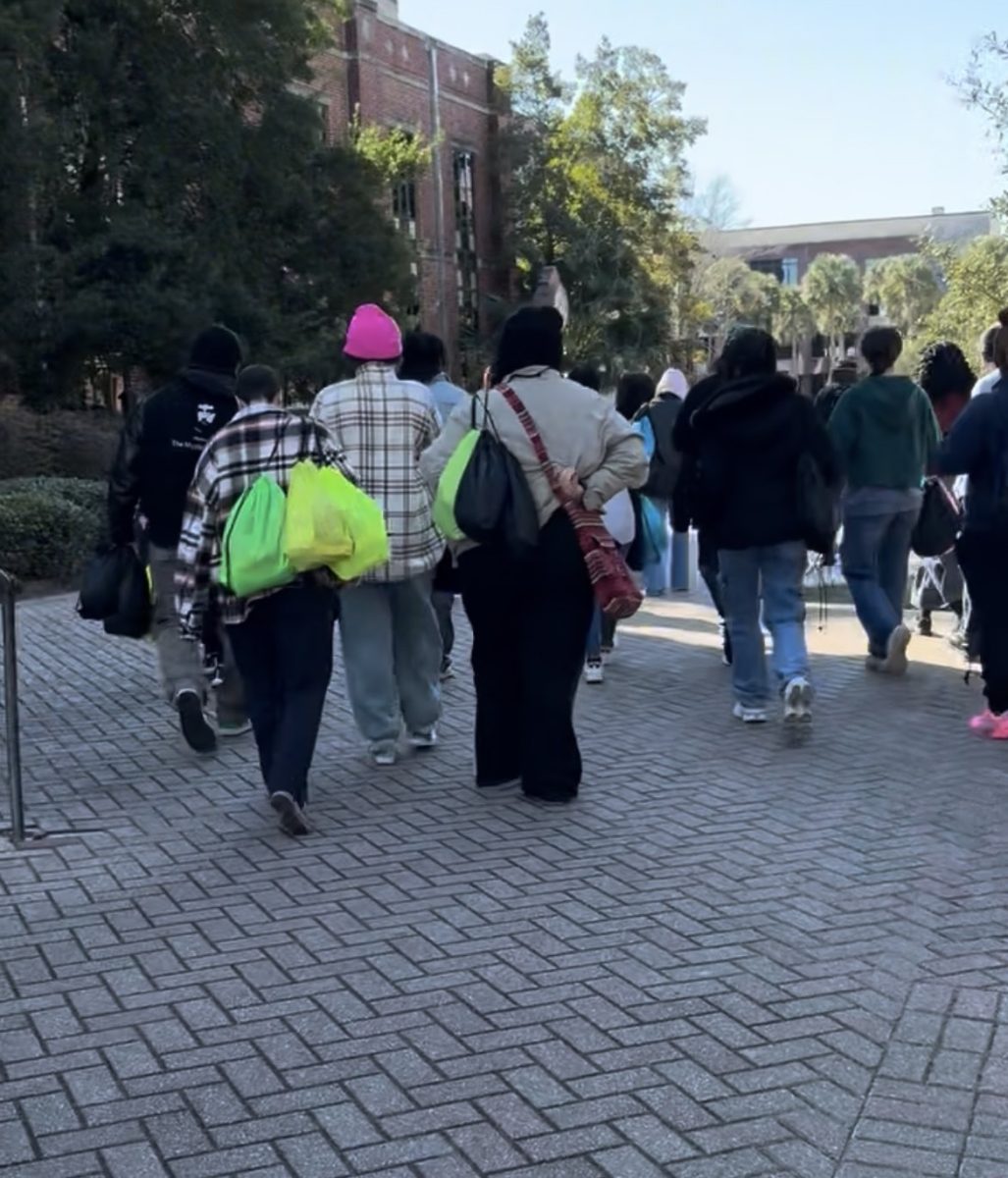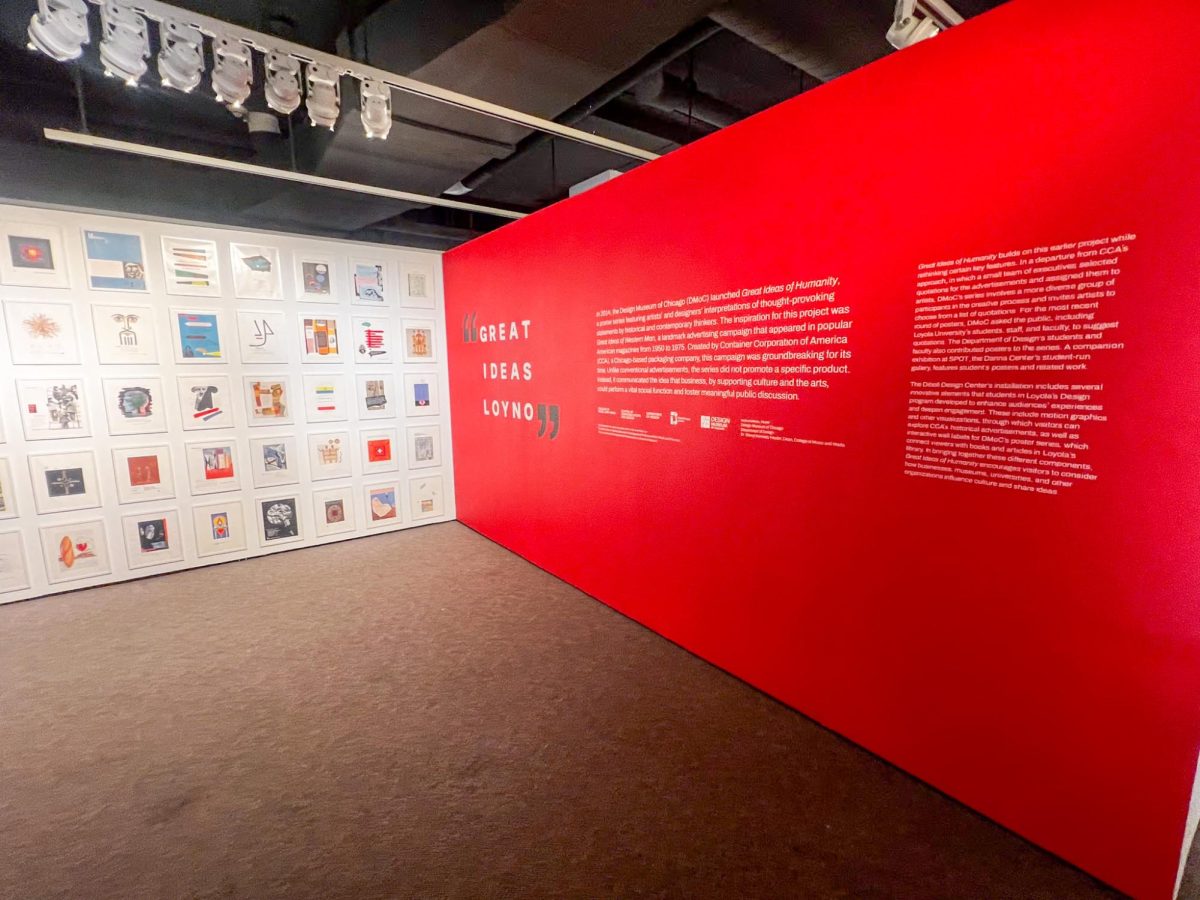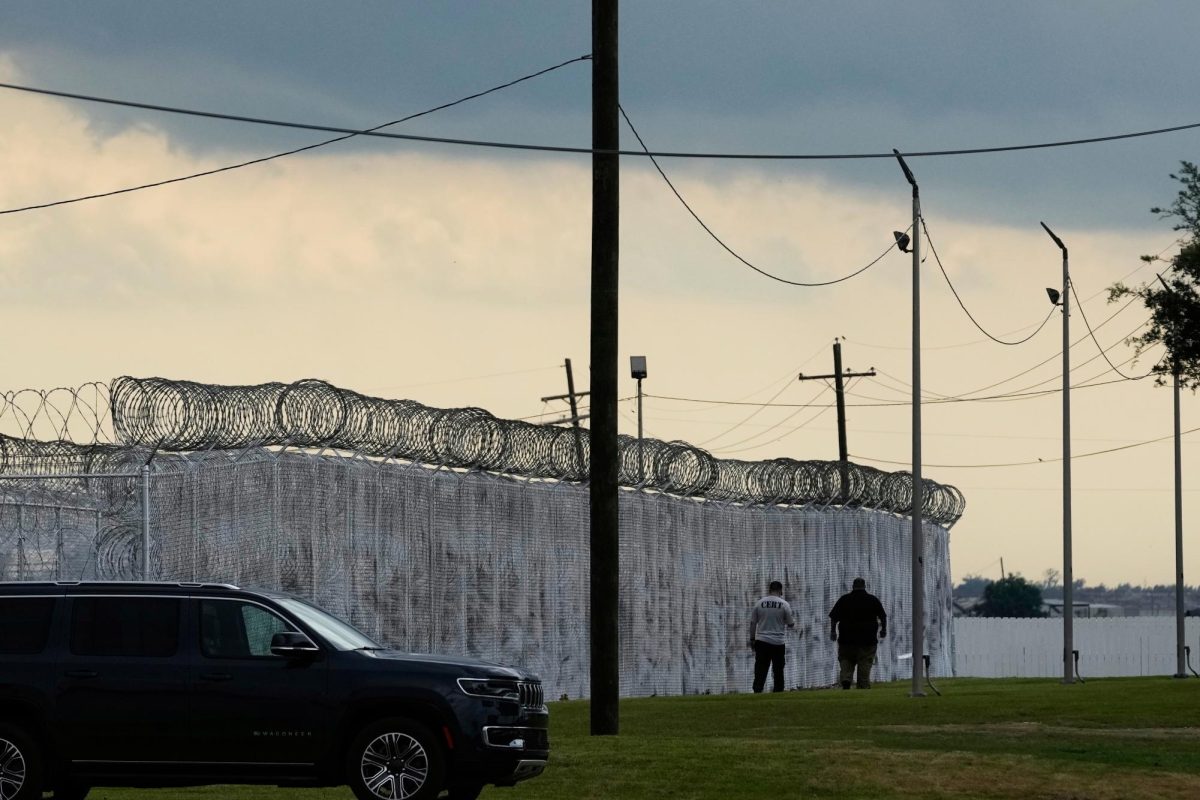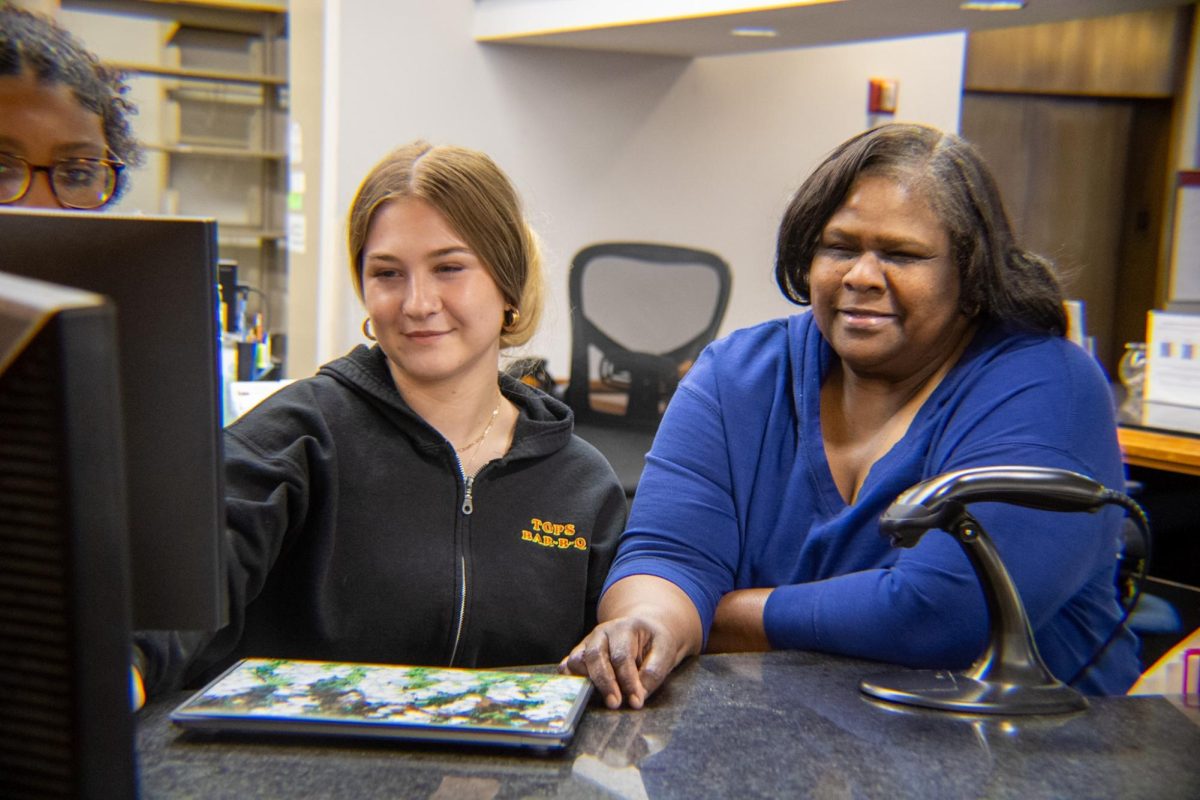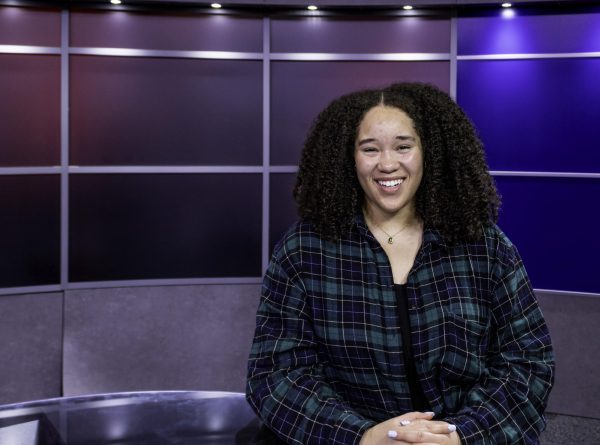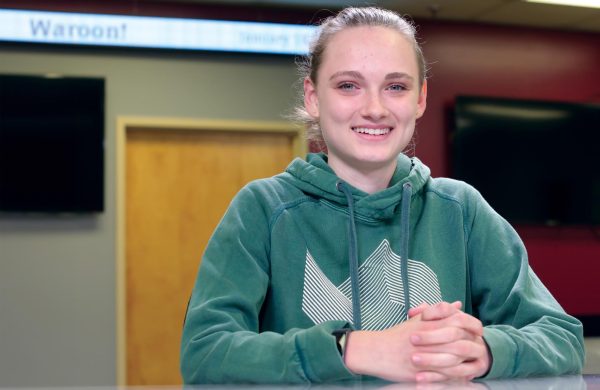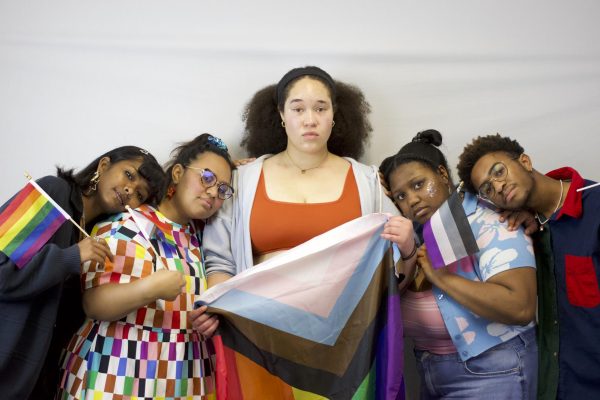
Design junior Justin Lee said you have to look at the world differently when you’re Black and gay.
“As a gay person, it’s really easy to find community because, at least at Loyola, you’ll be accepted by pretty much anybody,” he said.
As for finding safe spaces on campus as a Black person, Lee finds that many of his white counterparts try too hard to prove that they’re anti-racist, which makes everything uncomfortable.
“Why are there more white people in the room talking about Black issues than the Black people? It just feels weird,” he said.
Lee said he wishes his peers didn’t make the race of people in class such an important thing when they don’t have to.
“You’re kind of forcing people to be comfortable, even though they’re not comfortable,” he said.
Lee believes this is counterproductive and performative.
“I think that they’re really trying hard to prove themselves as woke that they end up silencing Black voices. They don’t really do anything,” Lee said. “They just want to prove something, and the conversation just stops there.”
Generally, Loyola fosters an accepting and open community for students, but some students question Loyola’s commitment to queer students.
“It feels like they’ll wave the flag, but they won’t actually take part in fundraising or efforts to actually support communities,” design junior Isa Davis said.
Since 1991, Loyola has an LGBTQ+ organization on campus, as former assistant director of publications, Arthur Stern started Gay Outreach at Loyola to support and uplift queer students at that time.
Davis, who lives in Virginia, said, “It’s not the same here as it is there. You’ll get very uncomfortable very quickly if you try to dress however you want there.”
Today, GOAL is known as PLUS+. Loyola alum and former PLUS+ president LillieMarie Johnson, who was afraid to join the organization as a freshman, said her vision for the organization was to be welcoming of all students.
“PLUS+ [isn’t just] for Black queer students,” she said. “These organizations are made for [everyone].”



